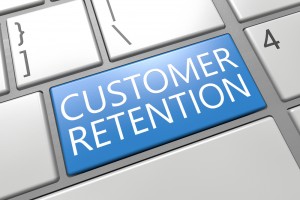Corrective Action Planning in Customer Experience Management
A natural result of benchmarking your current state customer experience against your CX goals is change. Of course, you’ll need to make changes to your customer experience management strategy over the short and long term. But, remember, an essential part of that planning is determining how you’ll respond to issues that customers raise—especially concerns raised by high-value clients. That’s what we’ll focus on here.
Take these five steps to get your customer-focused corrective action plans in place.
Prepare a corrective action plan – Corrective action plans address critical external customer issues. Formulate your plans with two goals in mind: quickly responding to key accounts based up their experience and issues that emerge; addressing internal systemic issues that negatively impact customer-related processes. The latter are often discovered in addressing the former.
Create closed-loop Action Alerts – A critical element of a corrective action plan is to “close the loop” on every action needed. Create alerts that allow you to track the progress of actions taken to resolve immediate customer concerns, as well as address larger systemic issues. This will enable you to be sure that issues are attended to and resolved. Or, they’ll alert you to take any further action required.
Build in accountability for results – Assign responsibility to frontline and management-level personnel to carry out the corrective action plans. Clearly delineate their objectives and roles in taking immediate corrective action, as well as recommending solutions to longer-term systemic issues.
Verify and communicate results – Develop a system that allows you to verify that the corrective actions taken have resolved customer issues. For immediate concerned raised by a customer (especially a key account), be proactive and reach out to other customers who may have experienced the same issue and present your solution.
Additionally, confirm internally that you’ve address any systemic problems that caused the more immediate issues in the first place. Action Alerts are essential to this process.
Once you’ve verified that an immediate concern or systemic issue has been resolved, communicate that out to key stakeholders. Those stakeholders may include customers affected by the issue, account managers, sales or customer service leaders, employees in teams related to the issue.
Review the plan – Your corrective action plan should be flexible enough to evolve over time. Examine your plan’s progress and results on a quarterly basis and make appropriate changes to the plan based on that insight.
Corrective action is part of the Act phase—along with employee engagement and change management—and one of the 12 of the components that comprise the CEMDNA Playbook Strategy.











